Marty Stouffer's Wild America
(1982)Streaming Episode Guide

Season 12
Season 12The Bill makes the Bird
Episode 10


Just little Varmints
Episode 9


Cute as a Cub
Episode 8


People of the Bison
Episode 7


Wing over the Marsh
Episode 6


X Rated Imports
Episode 5


Queen of the Ice
Episode 4


Year of the Mustang, Part 2
Episode 3


Year of the Mustang, Part 1
Episode 2


Zoom in on Wildflowers
Episode 1



Season 11
Season 11Home is where There's Habitat
Episode 10 - 3-17-1993


Wild Wyoming
Episode 9 - 3-10-1993


Colors in Nature
Episode 8 - 3-03-1993


The Eyes have it
Episode 7 - 2-24-1993


Some Feet have Noses
Episode 6 - 2-17-1993


A Tale about Tails
Episode 5 - 2-10-1993


Headgear
Episode 4 - 2-03-1993


Belligerent as a Badger
Episode 3 - 1-27-1993


The Beauty of Butterflies
Episode 2 - 1-20-1993


Billion Dollar Bass
Episode 1 - 1-13-1993



Season 10
Season 10Kids and Critters
Episode 10 - 3-18-1992


Whitebark
Episode 9 - 3-11-1992


In the Forest
Episode 8 - 3-04-1992


The Amazing Armadillo
Episode 7 - 2-26-1992


Those Smelly Skunks
Episode 6 - 2-19-1992


The Prickly Porcupine
Episode 5 - 2-12-1992


Prince of the Pond
Episode 4 - 2-05-1992


Truth about Turtles
Episode 3 - 1-29-1992


Magnificent as a Moose
Episode 2 - 1-22-1992


The First Ten Years
Episode 1 - 1-15-1992


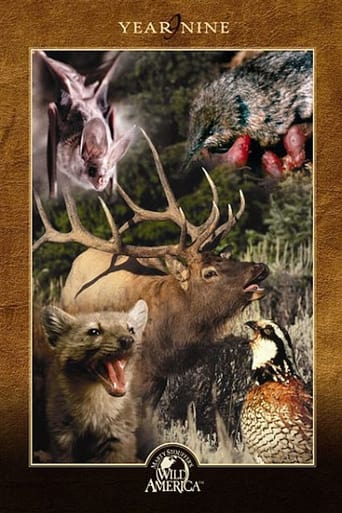
Season 9
Season 9Shades of Gray
Episode 10 - 12-08-1991


A Nest is Best
Episode 9 - 12-01-1991


Call to Courtship
Episode 8 - 11-24-1991


Birds of a Feather
Episode 7 - 11-17-1991


Beneficial Bats
Episode 6 - 11-10-1991


Meet the Marten
Episode 5 - 11-03-1991


Pretty as a Quail
Episode 4 - 10-27-1991


The Incredible Shrew
Episode 3 - 10-20-1991


Dancers of the Dawn
Episode 2 - 10-13-1991


Valley of the Elk
Episode 1 - 10-06-1991


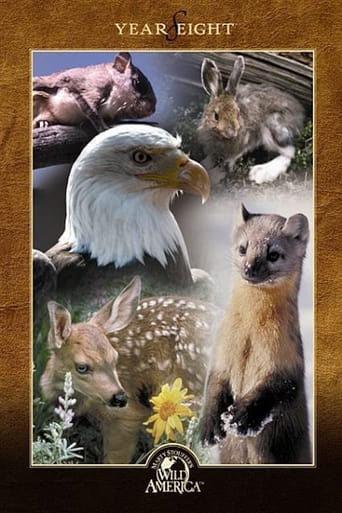
Season 8
Season 8Attracting Wildlife
Episode 10 - 12-09-1990


Shenandoah Springtime
Episode 9 - 12-02-1990


Badlands
Episode 8 - 11-25-1990


Olympic Odyssey
Episode 7 - 11-18-1990


Weasels: Sleek and Savage-Part 2
Episode 6 - 11-11-1990


Weasels: Sleek and Savage-Part 1
Episode 5 - 11-04-1990


Birds of Prey
Episode 4 - 10-28-1990


Birds of Peace
Episode 3 - 10-21-1990


Cottontails and Kin
Episode 2 - 10-14-1990


Bushytails
Episode 1 - 10-07-1990


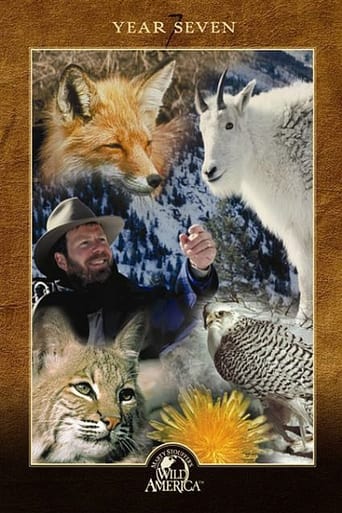
Season 7
Season 7Evergreen
Episode 10 - 12-10-1989


Bobcat
Episode 9 - 12-03-1989


Chipmunks Of Yosemite
Episode 8 - 11-26-1989


Old Man Muskrat
Episode 7 - 11-19-1989


Marmot Mountain
Episode 6 - 11-12-1989


A Multitude of Mollusks
Episode 5 - 11-05-1989


Peculiar Plants
Episode 4 - 10-29-1989


Family Of Foxes
Episode 3 - 10-22-1989


White On White
Episode 2 - 10-15-1989


Cliffhangers
Episode 1 - 10-08-1989



Season 6
Season 6Managing Wildlife
Episode 10 - 12-06-1987


Snakedance
Episode 9 - 11-29-1987

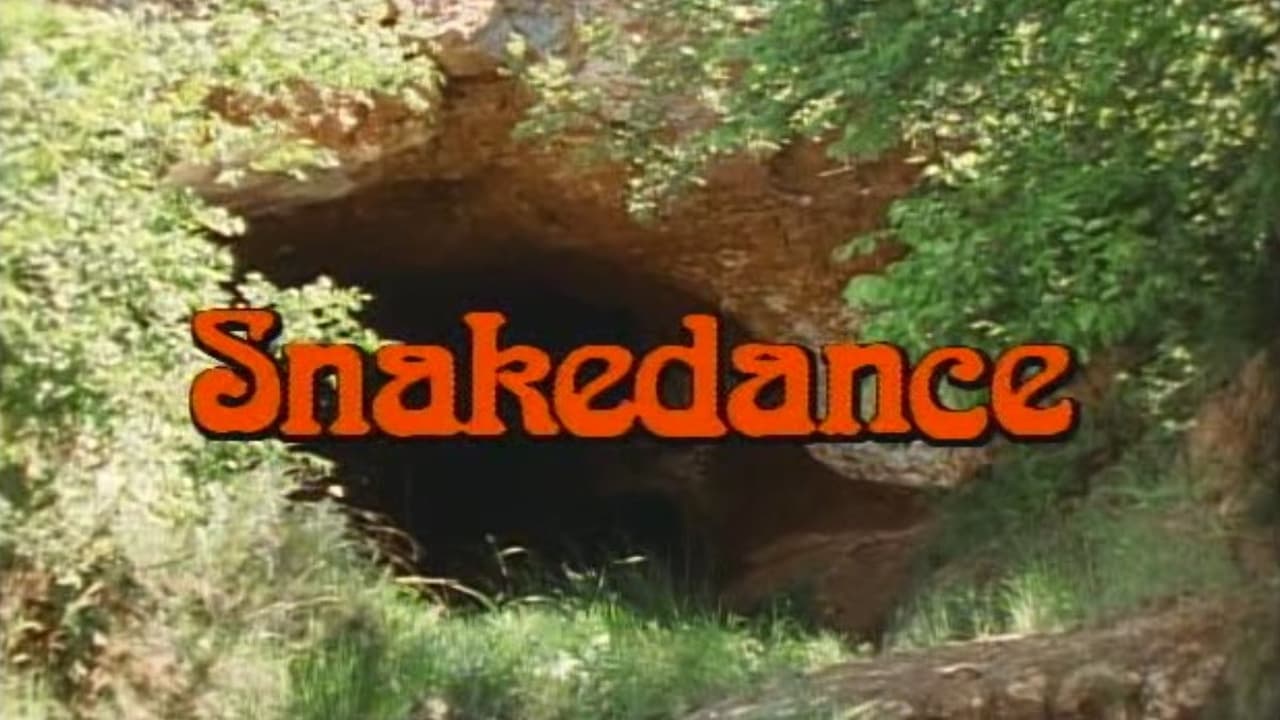
Wild Turkey - Part 2
Episode 8 - 11-22-1987


Wild Turkey - Part 1
Episode 7 - 11-15-1987


Season of the Seals
Episode 6 - 11-08-1987

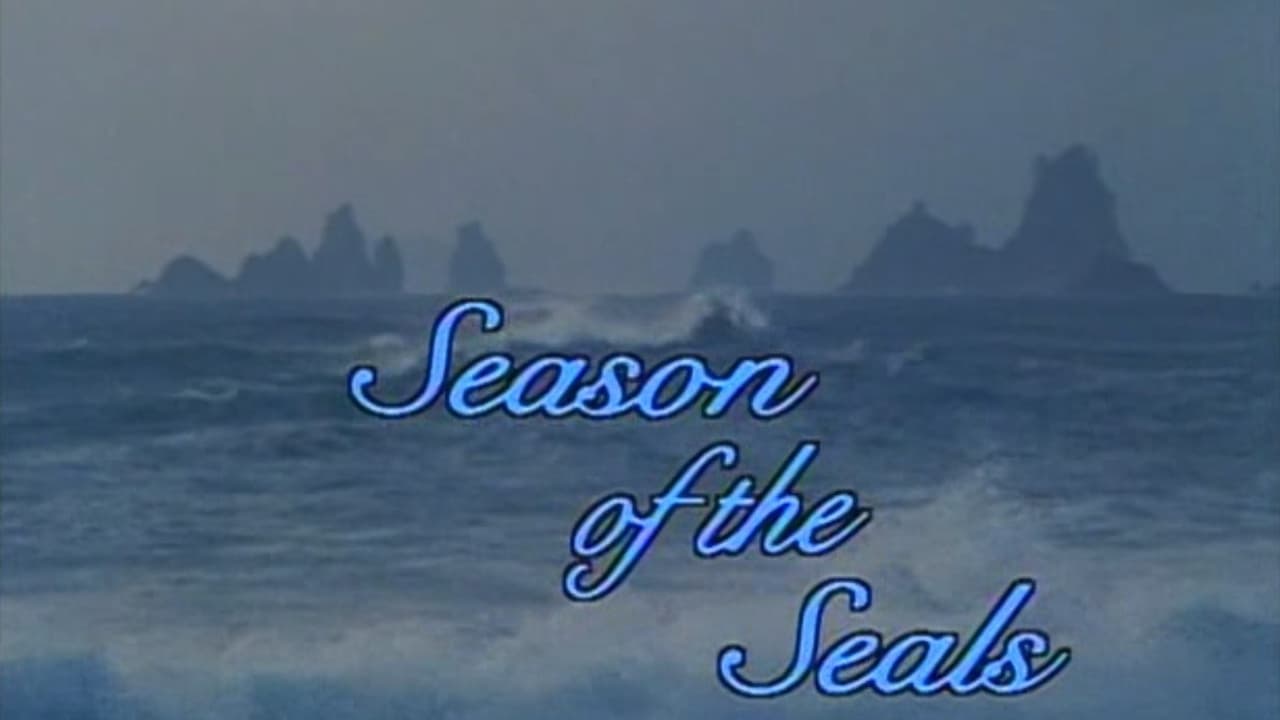
Minnesota Mink
Episode 5 - 11-01-1987

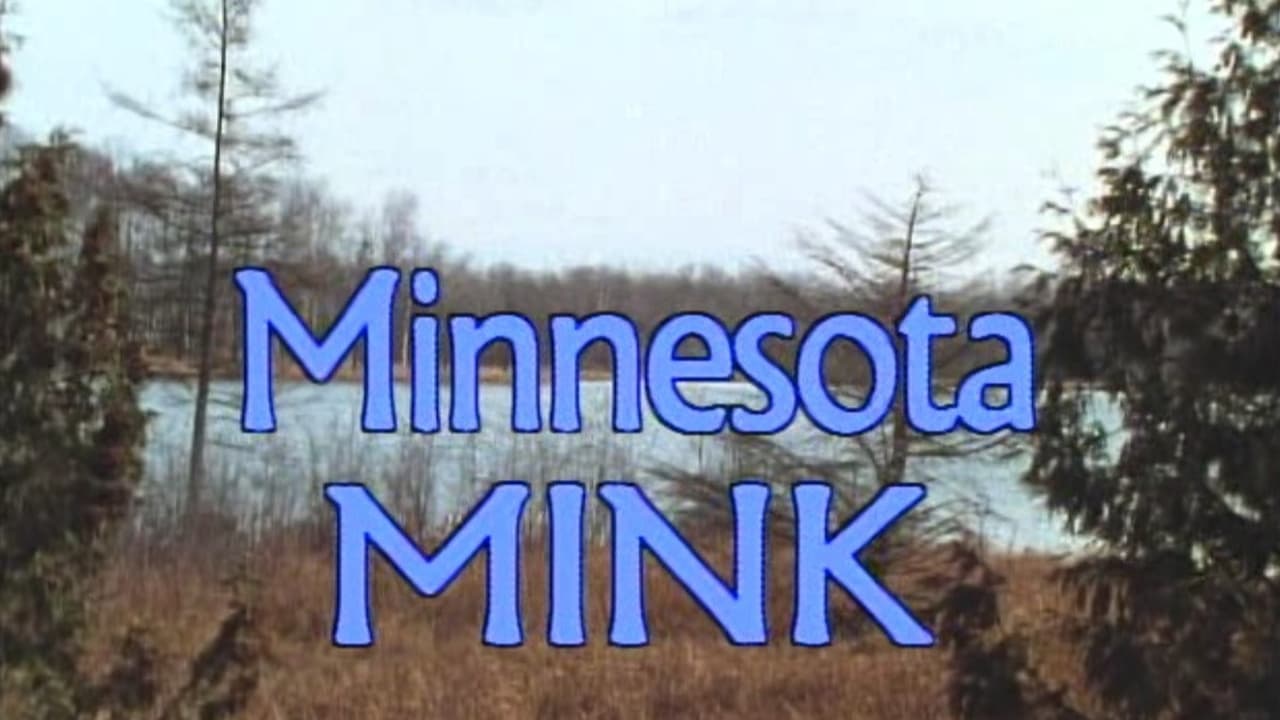
Timberdoodles of Moosehorn
Episode 4 - 10-25-1987


Beautiful Blues
Episode 3 - 10-18-1987


Swamp Bear - Part 2
Episode 2 - 10-11-1987


Swamp Bear - Part 1
Episode 1 - 10-04-1987


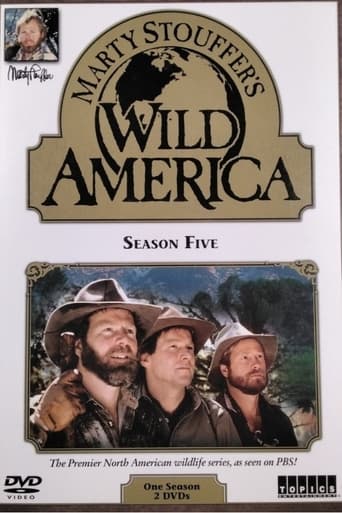
Season 5
Season 5Growing Up Wild
Episode 10 - 12-07-1986


Otters of the Adirondacks
Episode 9 - 11-30-1986


The Grouse and the Goshawk
Episode 8 - 11-23-1986


A Prairie Park
Episode 7 - 11-16-1986


Wild Texas
Episode 6 - 11-09-1986


River of Bears
Episode 5 - 11-02-1986


Family Feud
Episode 4 - 10-26-1986


King of Snakes
Episode 3 - 10-19-1986


Woodies and Hoodies
Episode 2 - 10-12-1986


Pennsylvania Whitetail
Episode 1 - 10-05-1986


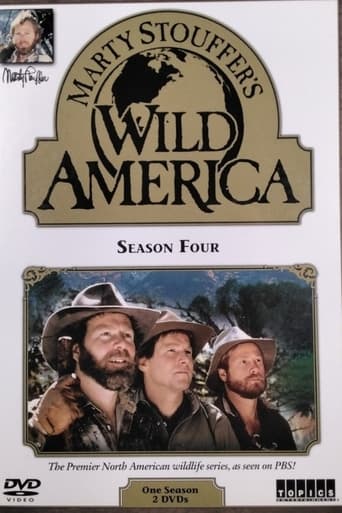
Season 4
Season 4Tracking Wildlife
Episode 10 - 12-08-1985


Remarkable Reptiles
Episode 9 - 12-01-1985


Controversial Coyote
Episode 8 - 11-24-1985


Killer Mice
Episode 7 - 11-17-1985


Cutthroat - Grizzly Creek
Episode 6 - 11-10-1985


Cutthroat - Yellowstone River
Episode 5 - 11-03-1985


Cutthroat - Yellowstone Lake
Episode 4 - 10-27-1985


Designs for Defense
Episode 3 - 10-20-1985


Wookpeckers - Nature's Hammerheads
Episode 2 - 10-13-1985


North Woods Lynx
Episode 1 - 10-06-1985


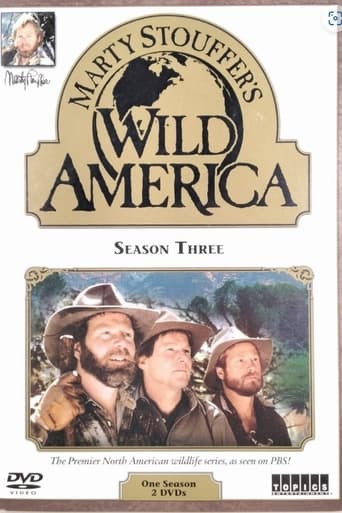
Season 3
Season 3Photographing Wildlife
Episode 10 - 12-09-1984


Fishers in the Family - Part 2
Episode 9 - 12-02-1984


Fishers in the Family - Part 1
Episode 8 - 11-25-1984


Wild Refuge
Episode 7 - 11-18-1984


Fascinating Fishes
Episode 6 - 11-11-1984


Wolverine Country
Episode 5 - 11-04-1984


Canyon Creatures
Episode 4 - 10-28-1984


Ringtailed Rascals
Episode 3 - 10-21-1984


Feathered Jewels
Episode 2 - 10-14-1984


All American Animals
Episode 1 - 10-07-1984


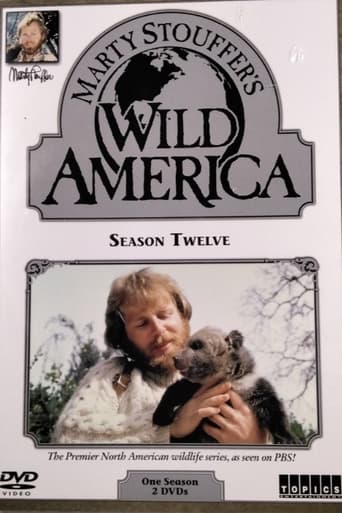
Season 2
Season 2Backyard Wildlife
Episode 10 - 12-11-1983


The Man Who Loved Bears - Part 2
Episode 9 - 12-04-1983


The Man Who Loved Bears - Part 1
Episode 8 - 11-27-1983


Wild Cats
Episode 7 - 11-20-1983


Wild Wings
Episode 6 - 11-13-1983


Antlered Kingdom
Episode 5 - 11-06-1983


Hog Wild
Episode 4 - 10-30-1983


Owls - Lords of Darkness
Episode 3 - 10-23-1983


Born to Run
Episode 2 - 10-16-1983


Animal Oddities
Episode 1 - 10-09-1983



Season 1
Season 1Wild Babies
Episode 10 - 12-19-1982


Living with Wildlife
Episode 9 - 12-12-1982


The Wolf and the Whitetail
Episode 8 - 12-05-1982


Bighorn!
Episode 7 - 11-28-1982


At the Crossroads
Episode 6 - 11-21-1982


Time of the Grizzly
Episode 5 - 11-14-1982


Mountain Monarchs
Episode 4 - 11-07-1982


Wild Dogs
Episode 3 - 10-31-1982


Swamp Critters
Episode 2 - 10-24-1982


Watching Wildlife
Episode 1 - 10-17-1982




